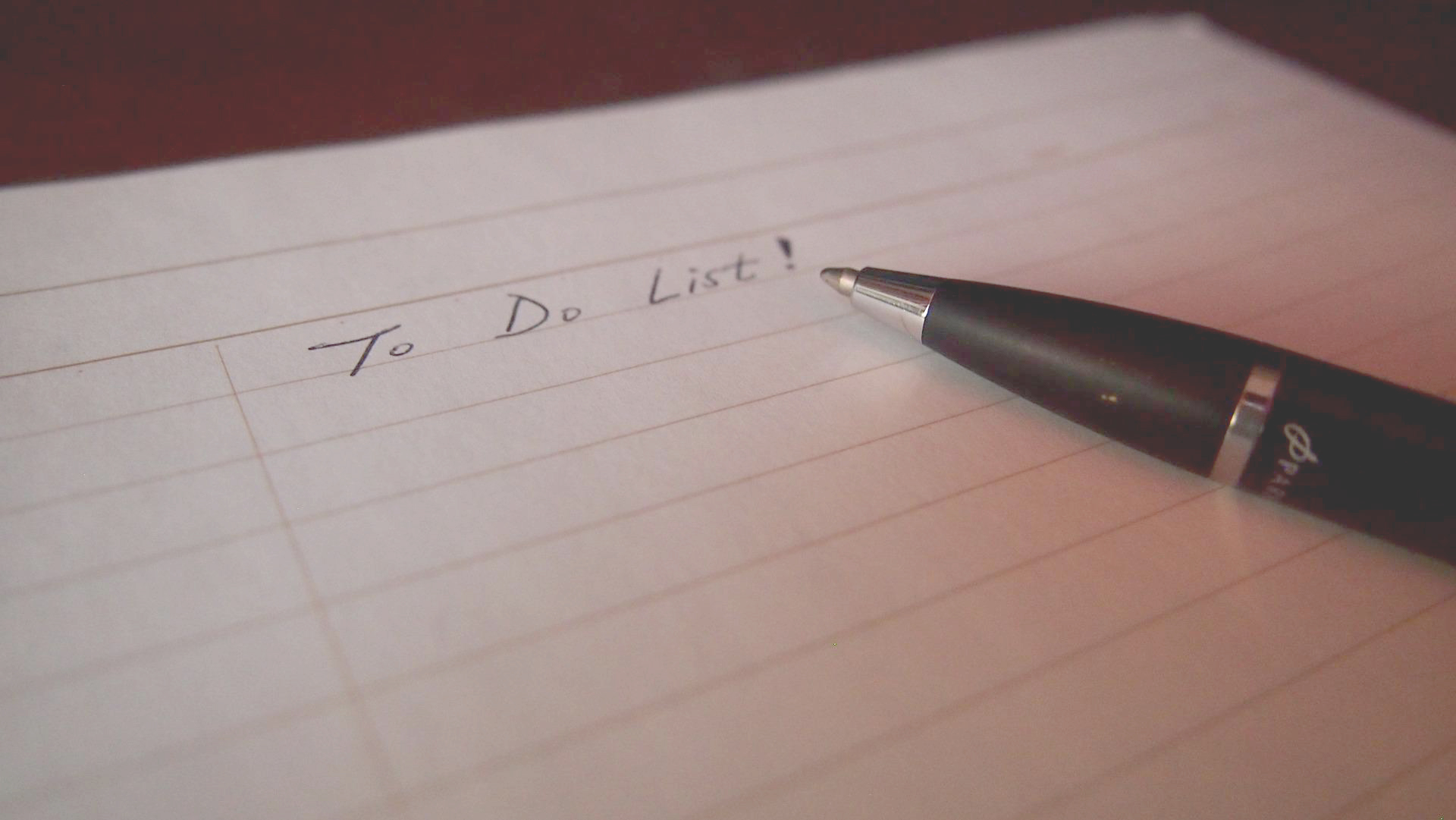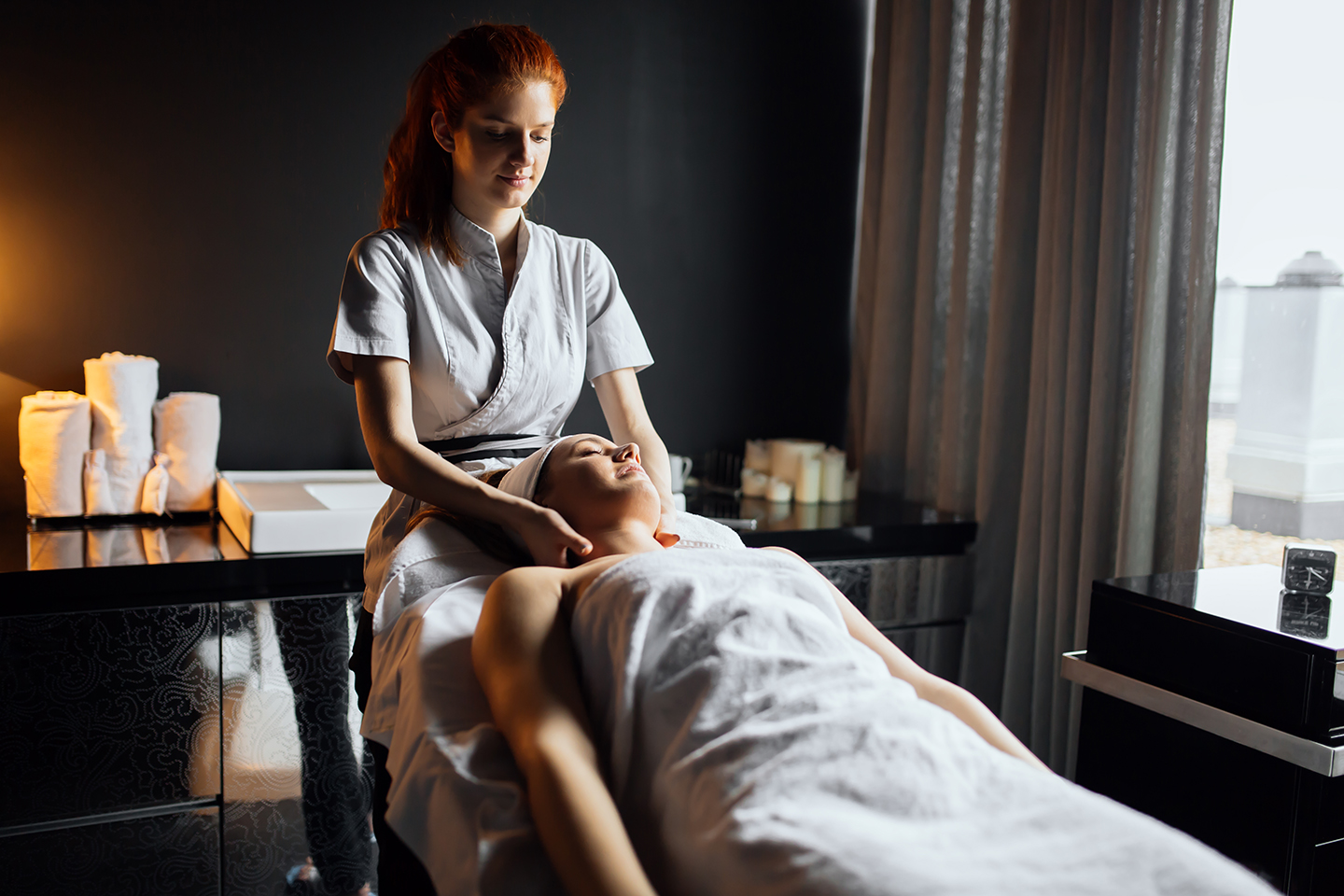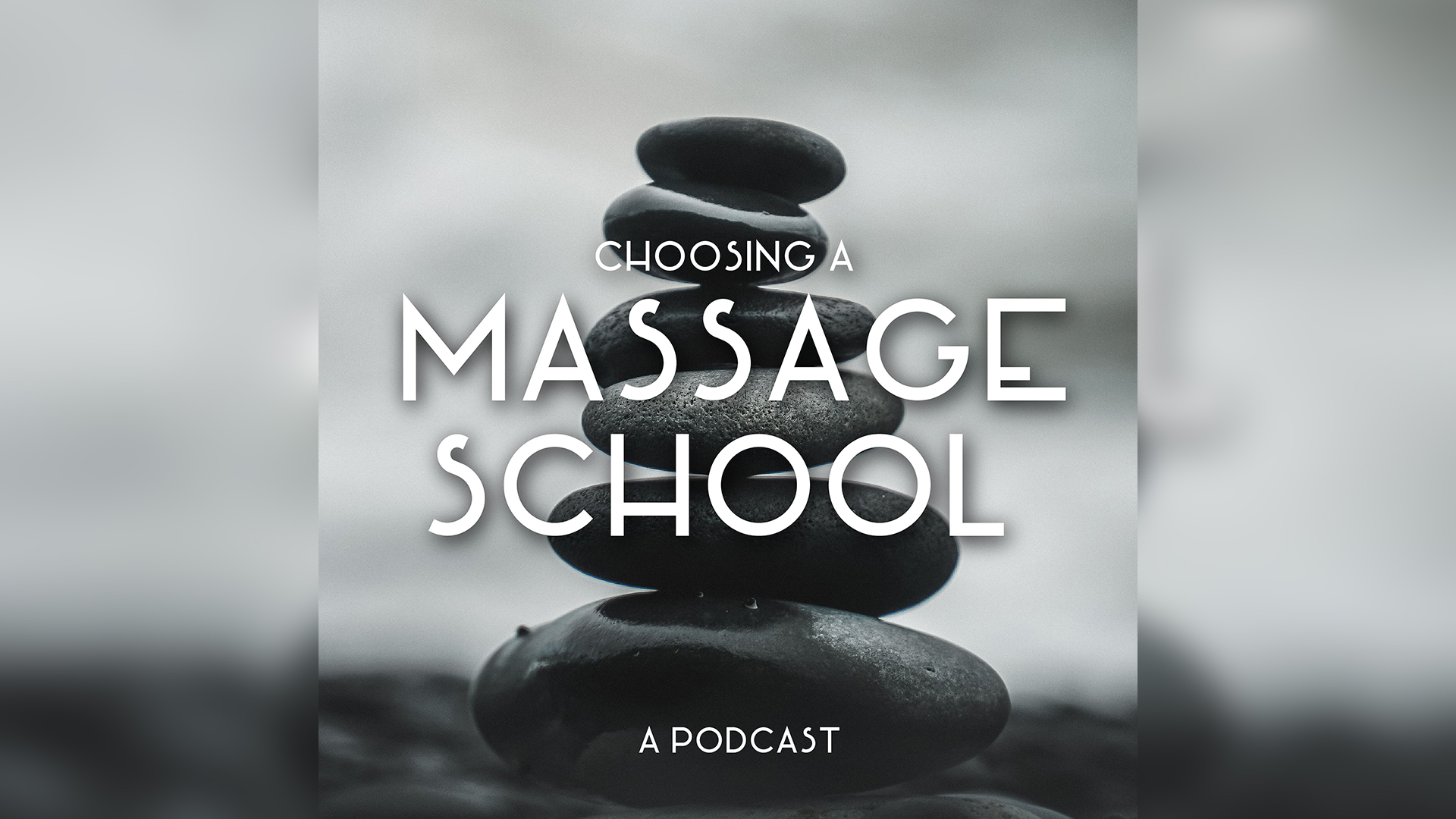Reflexology is an ancient manual healing method in which acupressure points on the feet, hands, and/or ears are compressed to alleviate pain and treat medical problems. Although there is little academic evidence that reflexology treats specific medical conditions beyond a placebo response, this ancient practice has been relieving pain and other stress-related conditions for thousands of years. Remember, a placebo brings healing about half of the time; 1 out of every 2 patients on a placebo see positive health results. As in many CAM therapies, many accredited massage schools offer reflexology courses because this healing modality has brought relief to patients across the globe.
Massage therapists who add reflexology to their repertoire may serve spa clients or anyone looking to relax. This approach is less common among LMTs, so those with Reflexology training tend to receive client referrals for their unique skill. Let’s take a look at the history of Reflexology, and how it works.
Introducing Reflexology
Reflexology first appeared in ancient Egypt, India, and China. Some say the first appearance of Reflexology is found in a 2330 BC Egyptian medical pictograph found in the tomb of Ankhamor. Others point to reflexology symbols on the feet of Buddha statues in India and China. The first written recording of Reflexology dates to 1,000 BC; the Yellow Emperor’s Classic of Internal Medicine contains a chapter on the “Examining Foot Method.” This is the earliest title suggesting a connection between life force and zones on the feet. Marco Polo translated been the first to translate a Chinese massage book into a Romance language (Italian); thanks to him, Reflexology entered European awareness in 1300. In the 20th century, American healers such as Eugene Ingham developed modern foot maps and reflexology charts.
During a reflexology session, the therapist applies pressure to parts of the feet, hands, and ears with the intention of improving health in referring organs. For instance, if a patient is complaining of urinary problems, the reflexology practitioner might refer to his or her foot map, find the bladder point within the foot’s arch, and apply pressure there.
The foot, hand, and ear charts used in reflexology do not directly correspond with the Meridian lines found in other forms of Eastern medicine. This is a unique system that has become quite popular in Europe, particularly Denmark.
Benefits of Reflexology
While there is limited research on reflexology, clients often report the following advantages:
–Pain relief for Cancer patients.
–Decreased pain in the neck, shoulders, and back.
–Alleviation of stress.
If you’re interested in adding Reflexology to your massage offerings, consider taking learning about it through East West College’s massage continuing education courses. While we do no offer a distinct massage certification program in reflexology, we do regularly offer reflexology classes to the LMT community.



